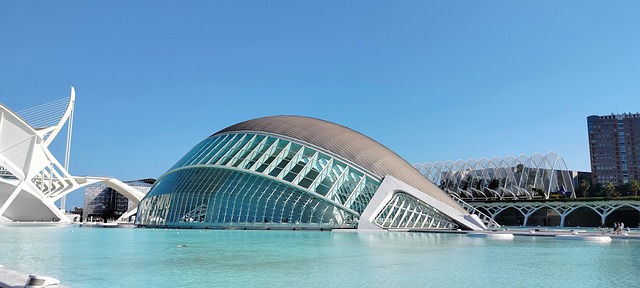Diving Deep: Exploring Immersive Technologies in the Metaverse
The digital landscape is rapidly evolving, and at the forefront of this transformation are immersive technologies. Within the vast realms of the metaverse, these technologies are redefining how we interact with digital content, simulate experiences, and connect with each other. Among the most influential forces in this sphere are Virtual Reality (VR) and Augmented Reality (AR), each presenting unique pathways for immersion.
Virtual Reality has taken the world by storm, whisking users away from their traditional environments into far-off realms where anything is possible. Picture this: donning a VR headset and suddenly finding yourself piloting a spaceship through distant galaxies or diving into the depths of the ocean to explore vibrant coral reefs. The feeling of presence is profound—the sensation of being physically present in a virtual world opens doors to experiences we once thought only achievable in our wildest dreams. This sensation of being immersed allows users to engage in scenarios that foster emotional connections and unforgettable memories.
On the other hand, Augmented Reality is subtly blending the physical and digital worlds, enhancing our everyday experiences. With technologies embedded in our smartphones and smart glasses, AR overlays digital content onto the real world. Imagine walking through a park, lifting your smartphone, and seeing historical facts pop up around the monuments or plants that you’re observing. It transforms mundane activities into interactive learning experiences, allowing users to understand and engage with their surroundings on multiple levels. The seamless integration of AR into our lifestyles can invoke feelings of wonder and curiosity, making daily interactions much more vibrant and interactive.
As we navigate the metaversum, the convergence of VR and AR is paving the way for truly captivating experiences. In collaborative spaces within the metaverse, users can meet, work, and play, all while feeling as if they are physically co-located. Whether you’re attending a virtual concert with friends across the globe or participating in a brainstorming session with colleagues from diverse backgrounds, the feeling of connection through immersive environments is revitalizing how we perceive community and collaboration.
But beyond entertainment and social interaction, immersive technologies are making waves in industries such as education, medicine, and training. Imagine medical students practicing surgeries in a fully immersive VR environment or engineers utilizing AR to visualize complex machinery in real time. The implications of these technologies are profound, as they not only enhance skills and knowledge but also dramatically reduce the risks associated with real-world training. As immersive technologies continue to advance, the potential for innovation across various sectors becomes limitless.
Ultimately, the exploration of immersive technologies within the metaverse invites us to lose ourselves in a world of infinite possibilities. Through VR and AR, we are not merely observers; we become active participants in our own narratives, shaping experiences that resonate deeply within us. As we dive deeper into this intricate tapestry woven from technological advancements, we should prepare ourselves for a future where the separation between reality and digital impressions becomes increasingly blurred—opening our minds to the myriad of ways in which we can interact, learn, and grow.



